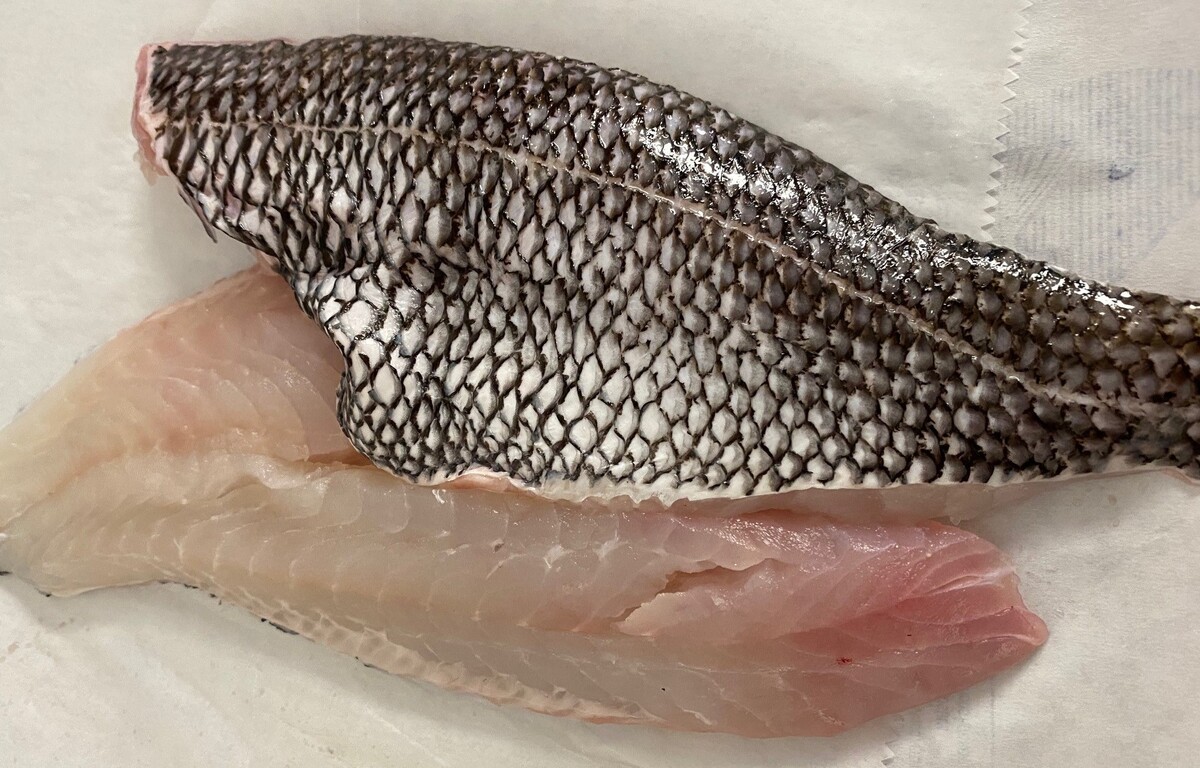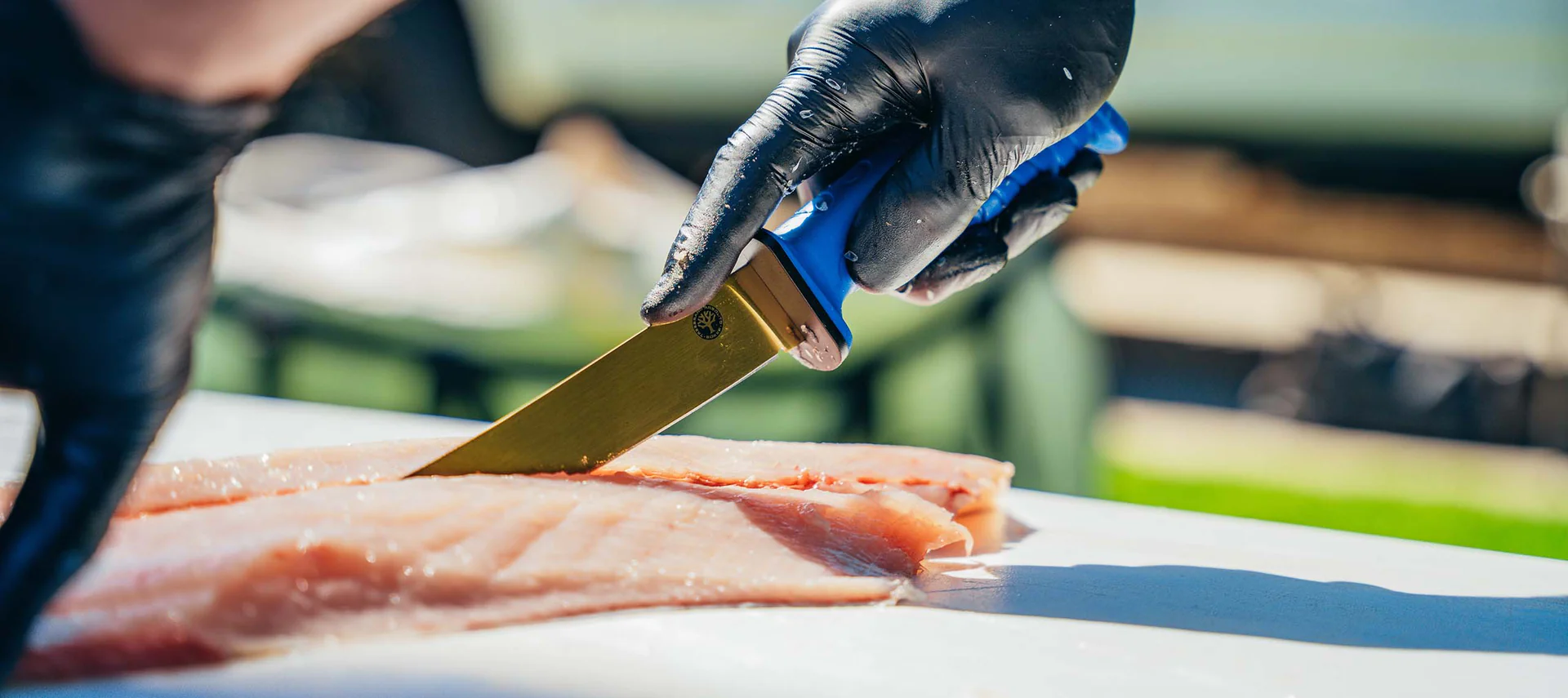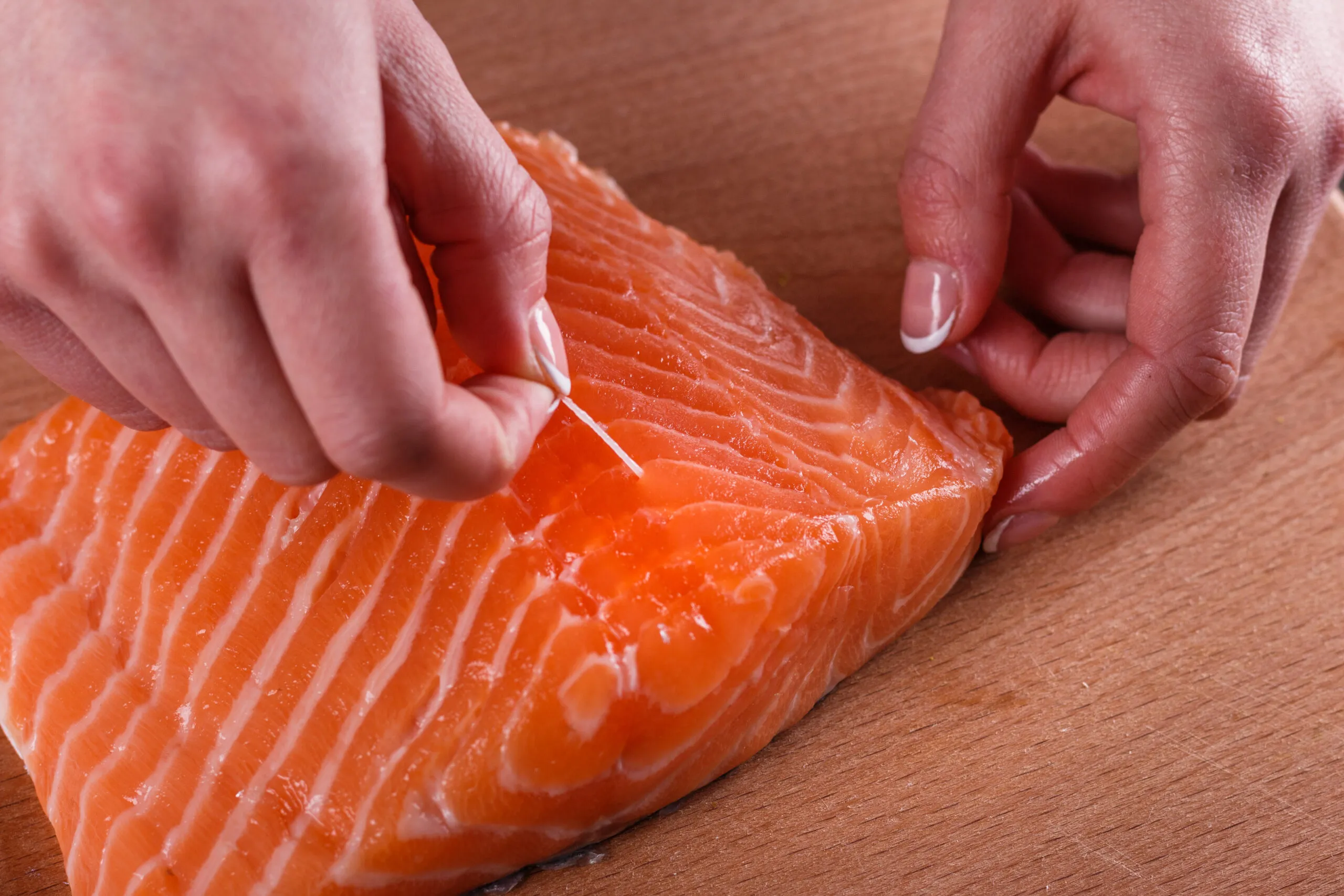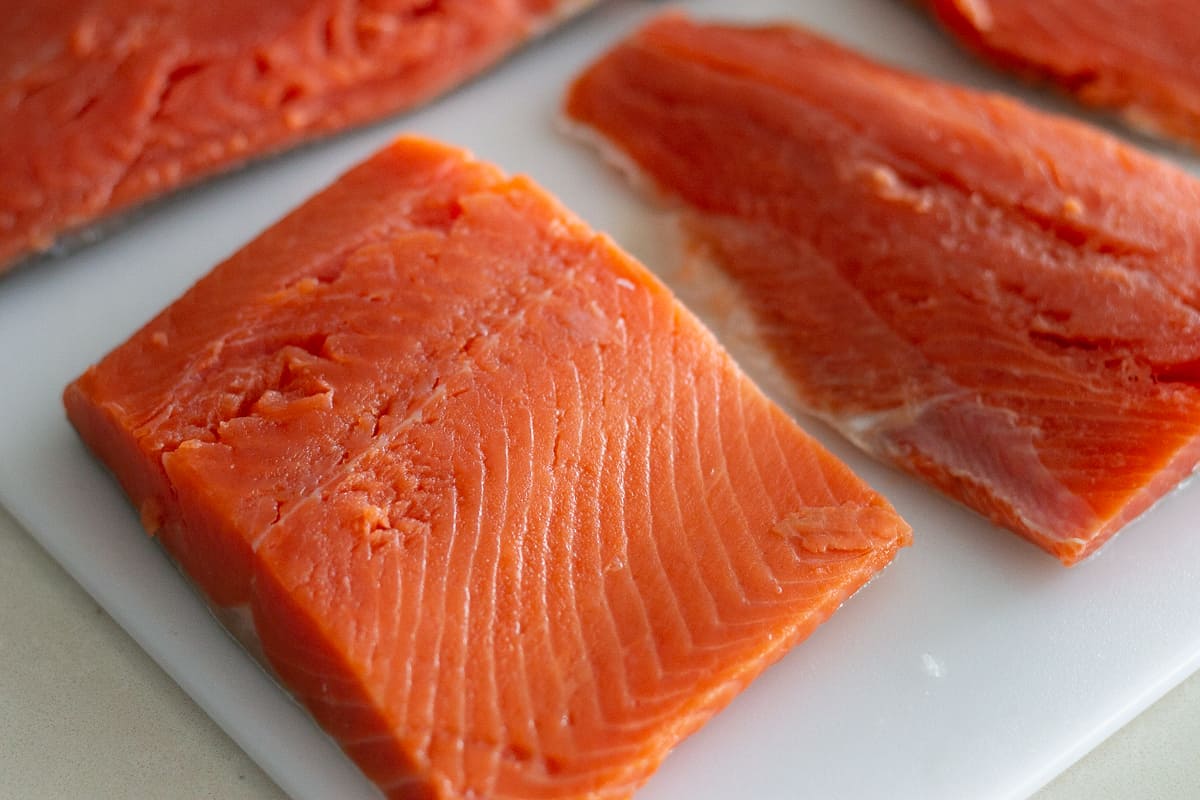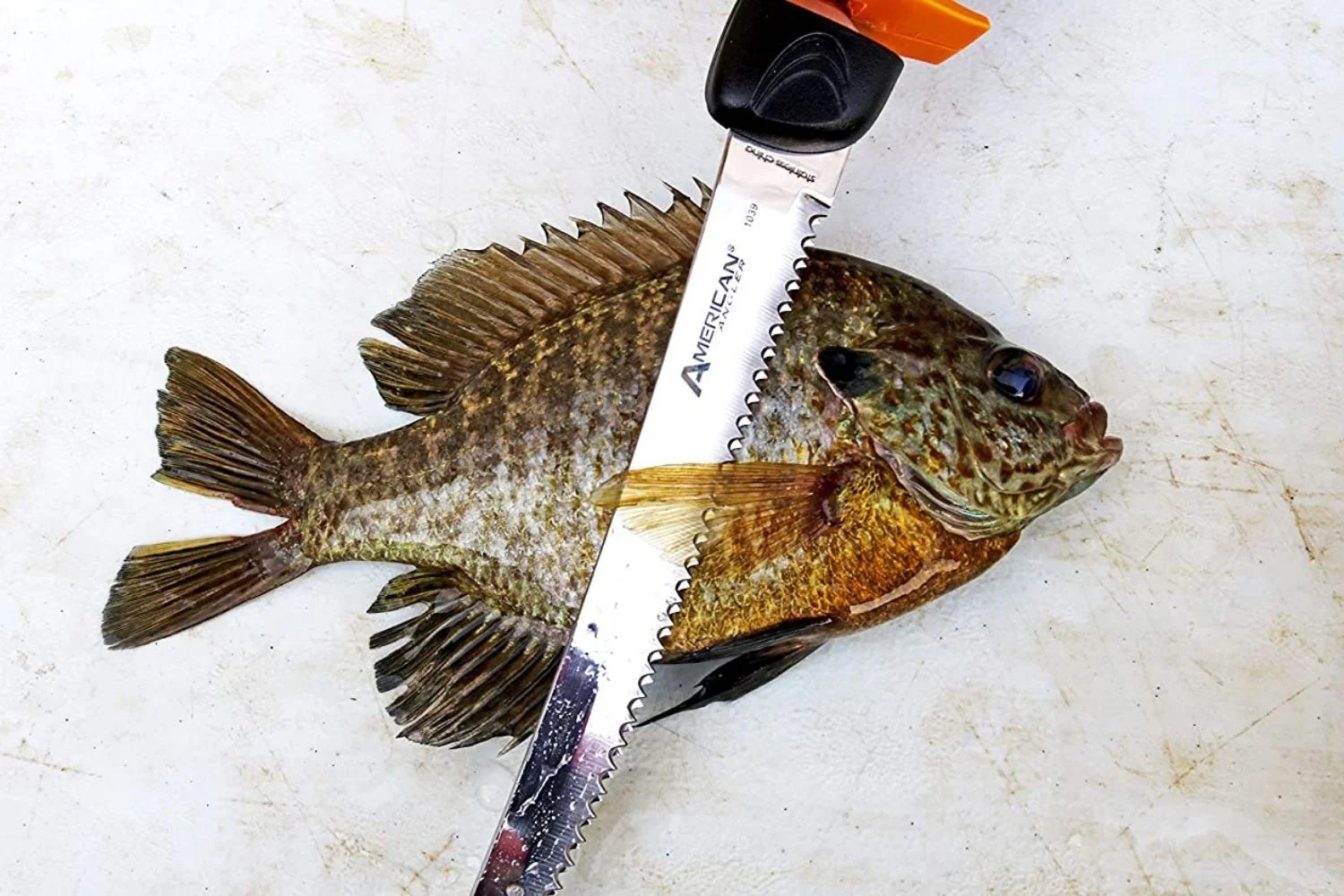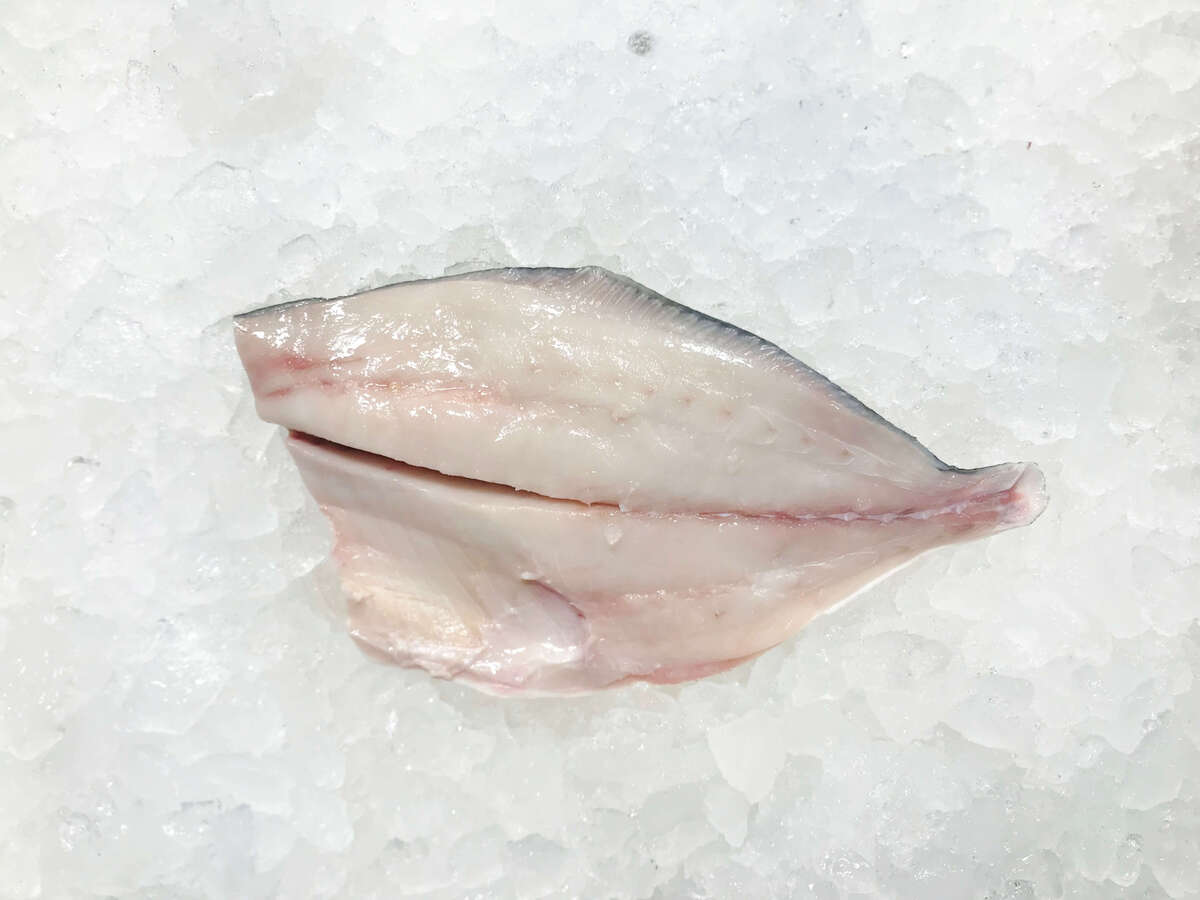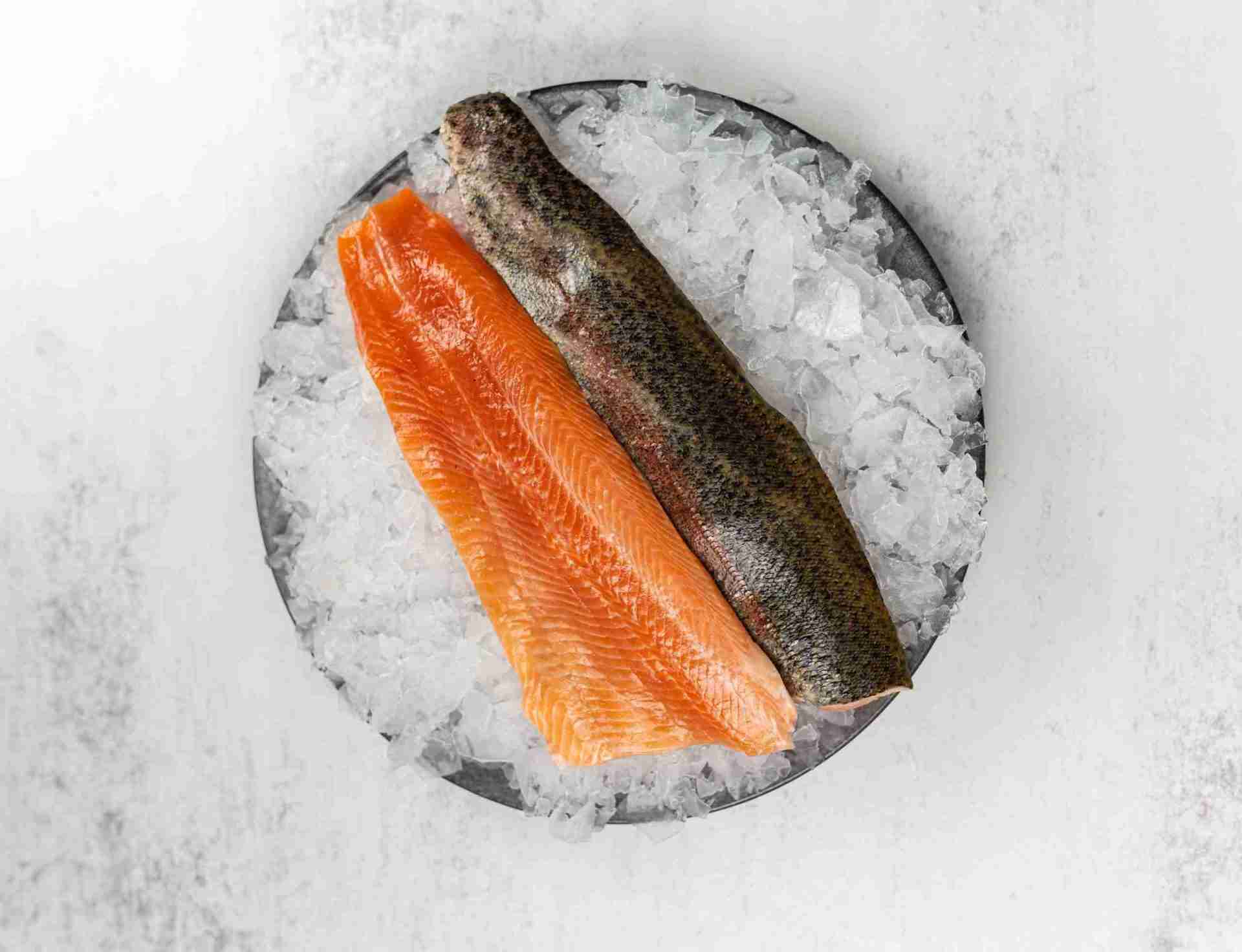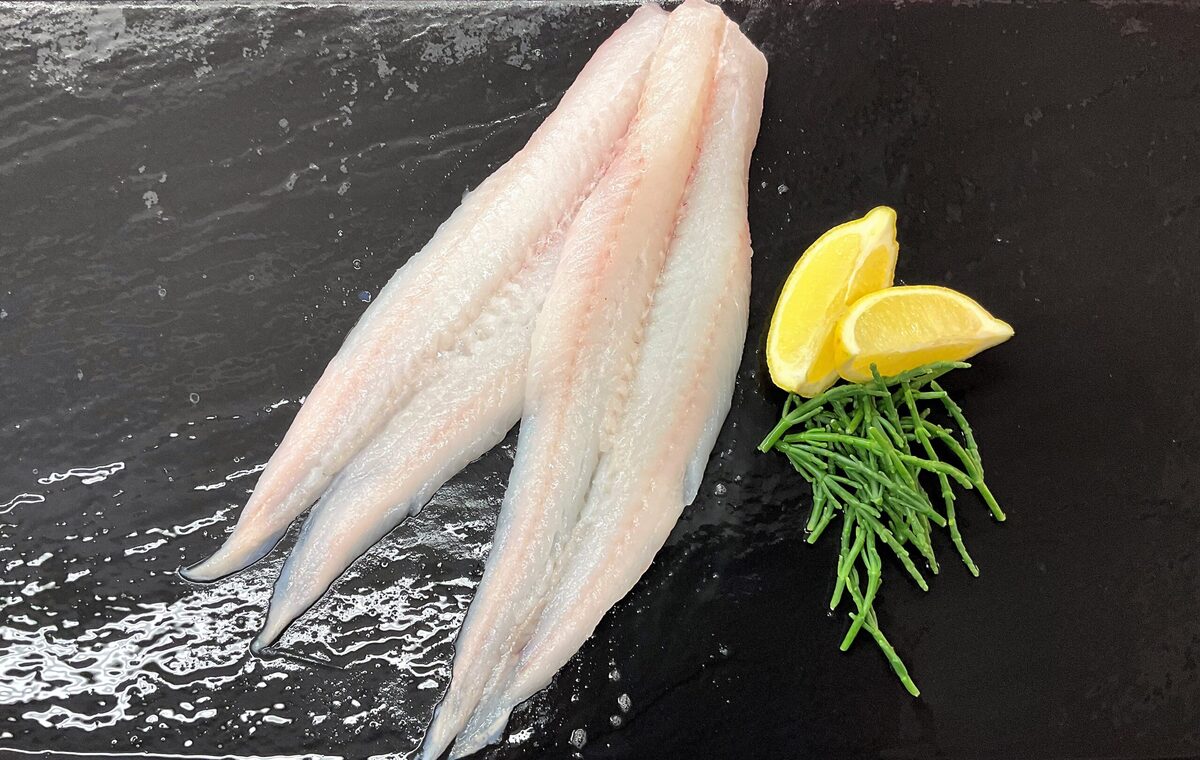Learn How to Fillet Sand Bass Like a Pro
Are you ready to take your culinary skills to the next level? Learning how to fillet sand bass can be a rewarding experience for any seafood enthusiast. With the right technique and a little practice, you can master the art of filleting this delicious fish. In this guide, we’ll walk you through the step-by-step process of filleting sand bass so you can enjoy fresh, flavorful fillets at home.
What You’ll Need
Before you get started, make sure you have the following tools and ingredients on hand:
- Sharp fillet knife
- Cutting board
- Fresh sand bass
- Paper towels
- Container for the fillets
- Ice (optional)
Step 1: Prepare Your Workspace
Start by setting up your cutting board on a clean, flat surface. If your sand bass is not already gutted, carefully remove the internal organs and rinse the fish under cold water. Pat the fish dry with paper towels to remove any excess moisture.
Step 2: Make the Initial Cuts
Hold the fish firmly on the cutting board and make a small incision behind the gills. Insert the tip of your fillet knife and cut along the backbone toward the tail, using smooth and steady strokes. Be sure to keep the knife as close to the backbone as possible to maximize the amount of meat you can extract from the fish.
Step 3: Remove the Fillet
Once you’ve reached the tail, carefully lift the fillet away from the skeleton. Use long, sweeping motions with your knife to separate the fillet from the bones, taking care to remove as much meat as possible. Repeat this process on the other side of the fish to remove the second fillet.
Step 4: Trim and Skin the Fillets
With your fillets removed, it’s time to trim away any excess skin and fat. Lay each fillet skin-side down on the cutting board and use your knife to remove the skin in a gentle, sawing motion. Trim away any dark red flesh or fat to ensure that your fillets are clean and ready to cook.
Step 5: Rinse and Store the Fillets
Once your fillets are trimmed and skinned, give them a quick rinse under cold water to remove any remaining scales or debris. Pat them dry with paper towels and place them in a container. If you’re not planning to cook the fillets right away, consider storing them on ice to maintain their freshness.
Enjoy Your Fresh Sand Bass Fillets
Congratulations, you’ve successfully filleted a sand bass! Now that you have your fresh fillets ready to go, it’s time to cook them up and enjoy the fruits of your labor. Whether you prefer grilling, baking, or pan-searing, your freshly filleted sand bass is sure to make a delicious and nutritious meal for you and your loved ones.
Now that you’ve mastered the art of filleting sand bass, you can impress your friends and family with your newfound skills. With a little practice, you’ll be able to fillet sand bass with ease, allowing you to enjoy the freshest, most flavorful fish possible.
So, the next time you reel in a sand bass on your fishing trip, you’ll know exactly how to prepare it for a mouthwatering meal. Happy filleting!
For those looking to make the most of their freshly filleted sand bass, there are several delicious recipes to try out. A great starting point is Grilled Sand Bass with Lemon Butter Sauce, which highlights the fish's natural flavor with a simple yet elegant touch of citrus. For a heartier meal, Baked Sand Bass with Dill and Lemon offers a comforting blend of herbs and zest. If you're in the mood for something vibrant and fresh, Sand Bass Tacos with Fresh Pico de Gallo are perfect for a quick and tasty meal. For a tangy twist, Sand Bass Ceviche with Avocado and Lime is a refreshing option that brings out the fish's delicate texture. Lastly, Blackened Sand Bass with Cajun Seasoning provides a spicy kick that pairs wonderfully with the mildness of the sand bass. Each of these dishes allows the reader to practice their filleting skills while enjoying a variety of flavors and cooking techniques.
